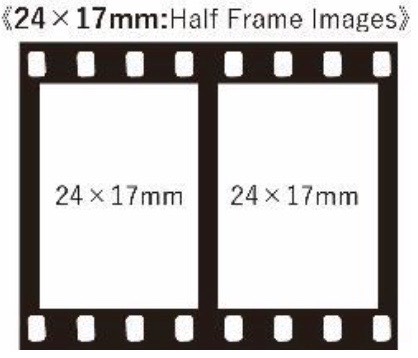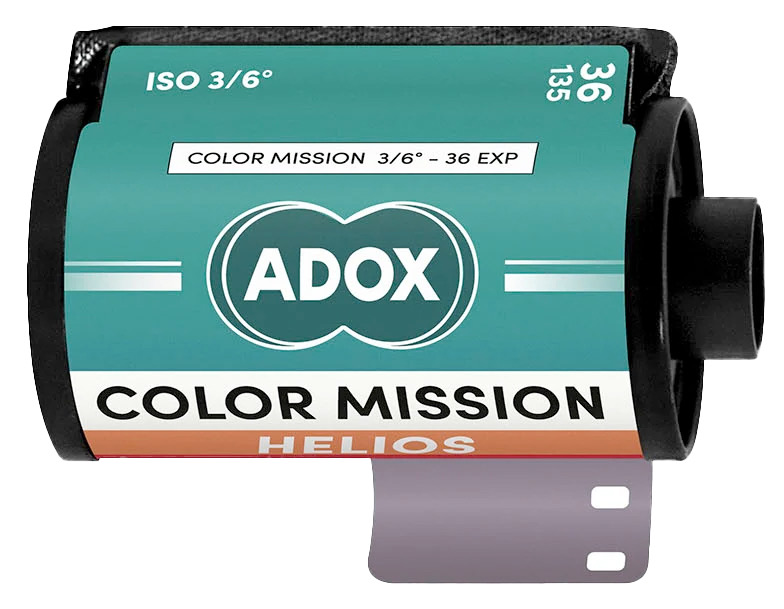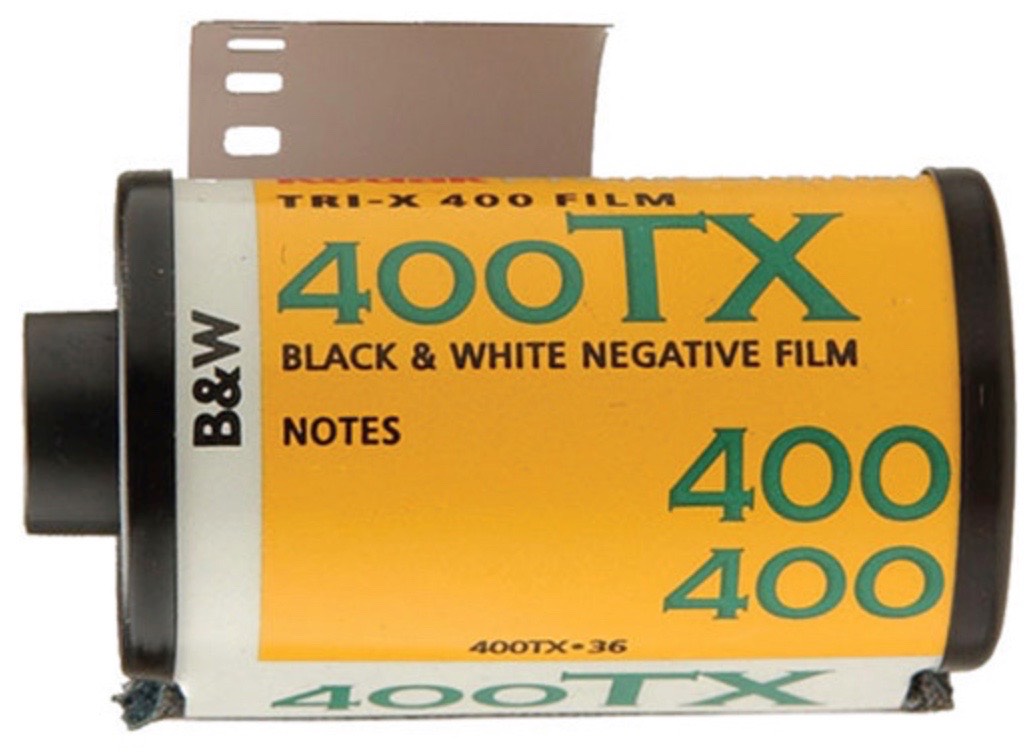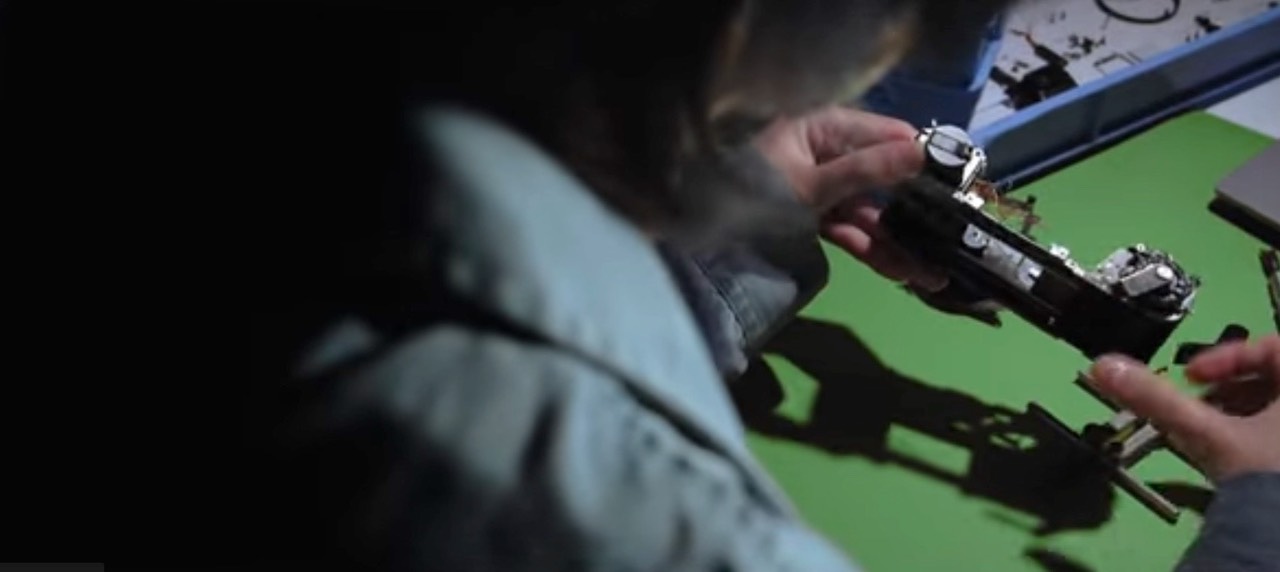News and commentary about film and film SLRs (mostly Nikon):
Film Just Can't Sit Still
Fujifilm is now having a Chinese company make some of their film stocks, and now Kodak Alaris, the firm that came about when Kodak divested its pension fund to employees, and which makes the current Kodak film stocks, has now been sold. The buyer is Kingswood Capital Management, a small LA-based equity fund started in 2013.
It's unclear to me whether film sales are truly sustainable or not. The last serious film camera left the market over a decade ago, meaning that at least for still photography, it is closet and used cameras that drive any further sales of 35mm film stock. I have to believe that to be truly sustainable, we need at least one or two serious and modern cameras in the mix. And no, the Pentax 17 doesn't really count.
People point to the record business (LPs) as the model for on-going film use. The difference there is that you can still buy record players new, so that market can grow over time, even if only modestly, as people discover those players. As camera stores continue to close, the presence of even used film cameras you can easily acquire diminishes over time.
Note that Kodak Alaris isn't just in the business of "making film." It's also a strong player in the scanner business. What isn't said in the press release or statements made by the seller or acquirer is how committed the new entity will be to both sides of their business (document scanning and film production), though both groups are mentioned in the press releases.
A New Film Camera
Yes, we have a new film camera from a traditional camera producer (Pentax). It appears, however, that film cameras have mutated to conform to social media ("...for seamless sharing on social media...").

The US$499 Pentax 17 is named for the fact that it is a half-frame camera: it takes vertical half frames (17x24mm) on traditional 35mm film. Of course you can hold the new camera vertically and take horizontal photos, if you'd like ;~). The built in 25mm f/3.5 lens works out to be about 37mm equivalent. The lens features a leaf shutter with a top speed of 1/350 second (and a bottom speed of 4 seconds; Bulb is available, as well). Note that the three-element lens uses six zones for focusing and takes 40.5mm filters. ISO can be set from 50 to 3200, though note that ISO 64 is not available.
Pentax marketing has specifically called out the Y and Z generations (18-44 years old) as their target, and even more specifically those "who use social media such as Instagram on a daily basis" and are "stepping up from toy cameras."
One decidedly unenvironmental aspect of the Pentax 17 is that it uses non-rechargeable CR2 batteries (you can't use the rechargeable versions). So, throw away batteries, throw away film canisters, and if research is to be believed, most film users these days are throwing out negatives and just asking for digital scans. Not cool.
As a somewhat portable film camera—it's 5 x 3.1 x 2" (127 x 78 x 52mm), so it's as big as some digital cameras—I suppose it's a low-cost way to dabble in film again. However, I don't see the Pentax 17 as anything more than an attempt to cash in on a fad (retro cool stuff for influencers), while doing so in ways that will make it a very short-lived product, methinks. I don't see social media users wanting to deal with the complexities of workflow that this product will encumber them with, for instance. Meanwhile, it's not quite enough of a camera to fully entice someone back into film. The zone focus, partial metering, and lack of direct aperture/shutter controls coupled with the reduced capture size aren't going to be embraced by that crowd.
I'm happy the Pentax engineers found something to do over there at Ricoh, but it feels like a lot of work went into something that's not going to find real traction in the market.
Fujicolor C200 and C400 Return
Fujifilm has resumed manufacturing C200 and C400 film stock. Or have they?
Some reports indicate that the the US version of C400 is being made by Kodak (!) and is a relabeled Ultramax 400, made in the same plant. Other reports say that the new film stocks are being made by Yes!Star in Nanning, China. C200 is an ISO 200 negative film, while C400 is an ISO 400 negative film, and it appears that only 36-image rolls are currently being produced.
Still having a new source of film is welcomed by the film community. Kodak and Fujifilm distribution is different, and reaches different markets.
A New Color Negative Film

Better check your light meter. This new four layer color negative film is ISO 3. That's right, ISO 3. One thing Adox promotes the film for is removing anything moving from cityscape photos.
Adox is a German company that took to trying to revive Agfa film stocks, and then started producing its own new film emulsion (Color Mission) in 2022.
Kodak Lowers Tri-X Prices

Kodak surprised everyone this week with a price reduction on 135 format Tri-X black and white negative film. The price cut is for both 24 and 36 image rolls. The price cut is regional, with some areas getting a reduction of 30%.
Kodak Stays Committed
In a conference call to shareholders, Kodak CEO Jim Continenza said "We recently renewed our supply agreement for film with our long-term customer, Kodak Alaris, in a deal that will run through 2028. We are committed to manufacturing film as long as there is demand from the filmmakers and photographers worldwide."
Kodak Alaris is the pension-plan fund spin-out that does most of the consumer-facing Kodak work these days. At present, they supply:
- Professional Gold (35mm, 120 formats)
- Professional Portra 160 (35mm, 120, 4x5, 5x7, 8x10, 12x20, 20x24)
- Professional Portra 400 (35mm, 120, 4x5, 4x10, 5x7, 8x10, 11x14, and 20x24)
- Professional Portra 800 (35mm)
- Professional Ektar 100 (35mm, 120, 4x5, 5x7, 6x7, 8x10)
- Professional Ektachrome E100 (35mm, 120, 4x5, 5x7, 8x10)
- Professional Tri-X (35mm, 120, 4x5, 5x7, 8x10, 11x14, 35', 100')
- Professional T-Max 100 (35mm, 120, 4x5, 5x7, 8x10, 35', 100', no perf)
- Professional T-Max 400 (35mm, 120, 4x5, 5x7, 8x10, 8x20, 13x18cm, 11x14, 12x20, 16x20, 20x24, 35', 100')
- Professional T-Max P3200 (35mm)
- Gold 200 (35mm, 120)
- Ultra Max 400 (35mm)
- single use cameras (Sport, Power Flash, Fun Saver, Daylight, and 400TX)
Pentax Considers Going Backwards

Yes, I know I haven’t posted much on this site recently. Priorities ;~).
However, Ricoh’s recent press release and short videos warrants some discussion.
Why such an announcement?
Ricoh is trolling.
The Pentax camera team that has been working on this project has been trying to figure out their relevance once they realized that they weren’t likely to be a player in interchangeable lens mirrorless cameras. Corporate still backs the lifelong employment idea, so the engineers still have jobs, but corporate also is now trying to solve a financial issue within the company: all products need to bring an appropriate ROI, or else they’re not going to see the light of day.
Here’s the dilemma with producing a film camera. Ricoh themselves point out that 20% of camera owners have a film camera (I believe this was a Japan-only, or at least Japan-centric survey). The question is whether there’s enough interest in film cameras that a new one could be sold profitably today.
That’s what Ricoh is really trying to figure out by going public with the project. Building a modern film camera from current parts and manufacturing isn’t a big deal, though I suspect you’d want to minimize the mechanical assemblies as much as possible. The questions they have to answer are: (1) what would our costs be? and (2) how many would buy it? It’s the intersection of those two things that determine likely ROI.
In essence, the team has been working on question #1 and now needs to better understand #2. The problem with that is this: what’s the likely price and capability? Without that information, you can’t get to an answer. This is where focus groups, run properly, can often help sort through the issues and likelihood of success. Press releases? Not so much.
Consider, a Nikon F100 in excellent condition sells for less than US$400 these days. That is a pretty incredible camera in terms of what it can do (autofocus and much more). So the price bar for someone who understands film cameras in any way at all is probably pretty low.
To me, a modern film camera is most likely going to be faddish, at best, in terms of potential success. While it’s true that a like new Nikon F6 is still selling for between US$1500 and US$2000 much of the time, that also was a product made until very recently, is arguably the best film SLR ever made, and is still (mostly) compatible with current DSLR tech (it’s design was derived from a Nikon D2h). Pentax doesn’t quite have the same base from which to build sales of that kind of product profitably, and the fact that Nikon stopped making it means that Nikon doesn’t, either.
I’d guess that you’d need to do what was mostly done with record players in recent years: make a capable one at modest price and try to play off of fad. That likely means that US$500-1000 would have to be the target price, and that the product really just has to be about the basics. Make Analog Fun Again (MAFA). I can just see the hat ;~). The question I have is who would be leading this fad? Because it would need leadership to make it over the noise hump on the Internet to make it a reliable fad. You can’t exactly Tik-Tok from a film camera, after all.
I wish Ricoh/Pentax luck. But they haven’t made me feel warm and fuzzy about this yet, let alone nostalgic.
A New Film
Japan Camera Hunter introduced the first new slide film in a long time, the crowd-funded FuguFilm 400. Not yet shipping, this new reversal film is the result of navigating the complex issues of chemical restrictions and bans that have been the bane of slide film processing for some time. Fugufilm 400 will be processed in E-6 chemistry.
Best way to keep up with what's happening with this new film is via Twitter (@fugufilm).
Fujifilm Price Increases
Beginning April 1st, the price of Fujifilm's film products will be increasing, and not insignificantly. Increases will range from 20 to 60% on Superia Premium 400, Fujicolor 100, Pro400H, Pro160NS, Velvia 50, Provia 100F, Velvia 100F, Velvia 100, and Neopan 100 Acros II.
That's not the only increase, though. On May 1st, Fujifilm photographic paper and processing chemicals for color will go up 10 to 20%. And on June 1st, a number of other lab related products and services will increase in price, as well.
Fujifilm cites the increases as being due to rise in raw material and transportation costs that they've been unable to cost reduce or absorb. While it's disappointing that we're seeing such price increases, I'm pretty sure that we'd all prefer that than to have these products go away completely.
Filmbodies is Back
Yes, it's been awhile since I updated this site. That had to do with a file corruption I had to spend some time fixing. I just didn't have the time to get to it in a timely fashion, so the site sat dormant for a bit. I think I've now resurrected everything, so I'll try to be more timely once again.
I was curious as I finished up the site cleanup as to what's really available in terms of film cameras. I won't spend any time for the moment writing about Kodak or Fujifilm instant film cameras. More on those later.
But just doing a search on Amazon for film cameras came up with a couple of things I didn't expect. Not that I'd recommend it, but Amazon will sell you an Ilford Sprite 35-II camera with three rolls of Kodak UltraMax 400 film. The camera is a fixed shutter (1/120 second), fixed aperture (f/9), fixed focus one with an unspecified wide angle lens. Basically a bottom end consumer camera, but I was still surprised to find this and a couple of other similar cameras still hanging around.
